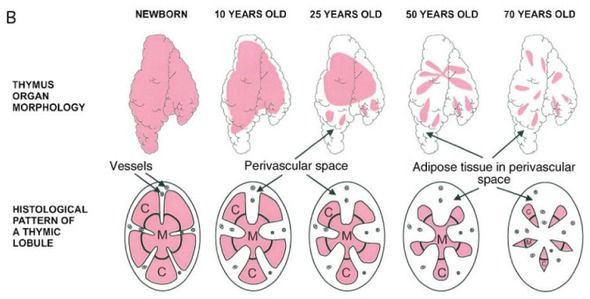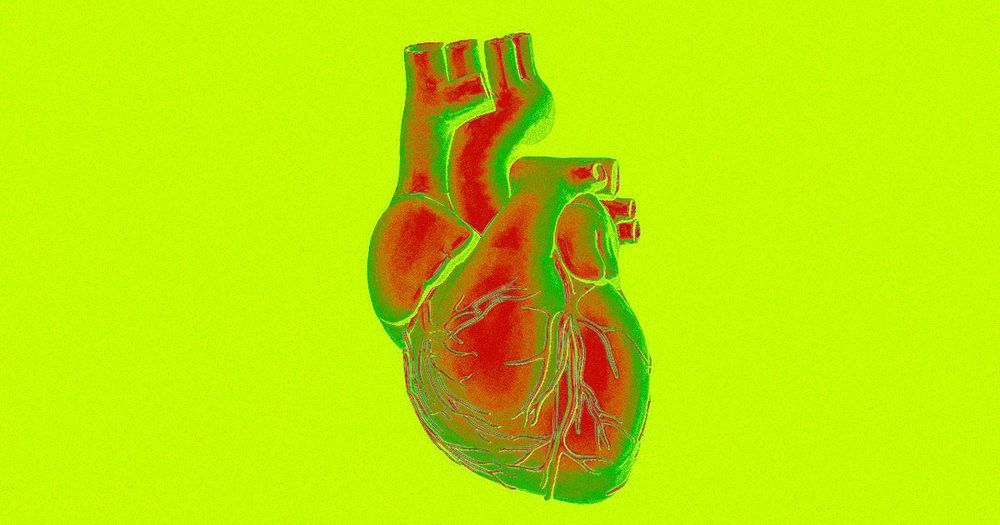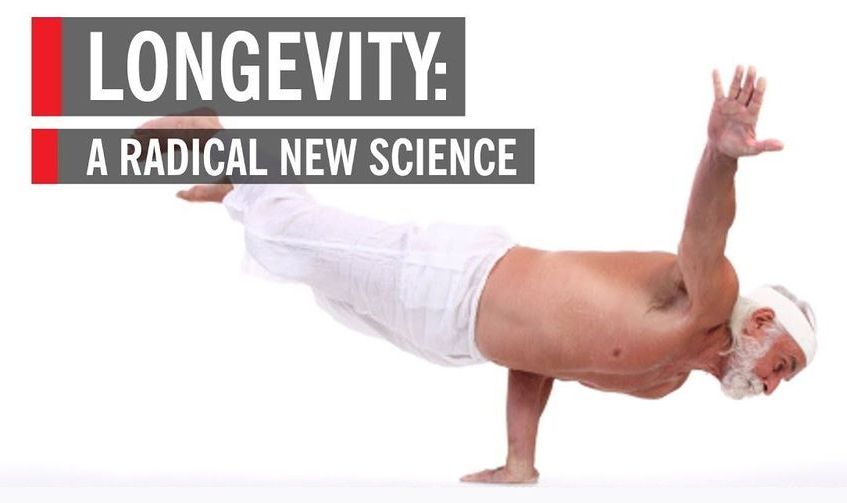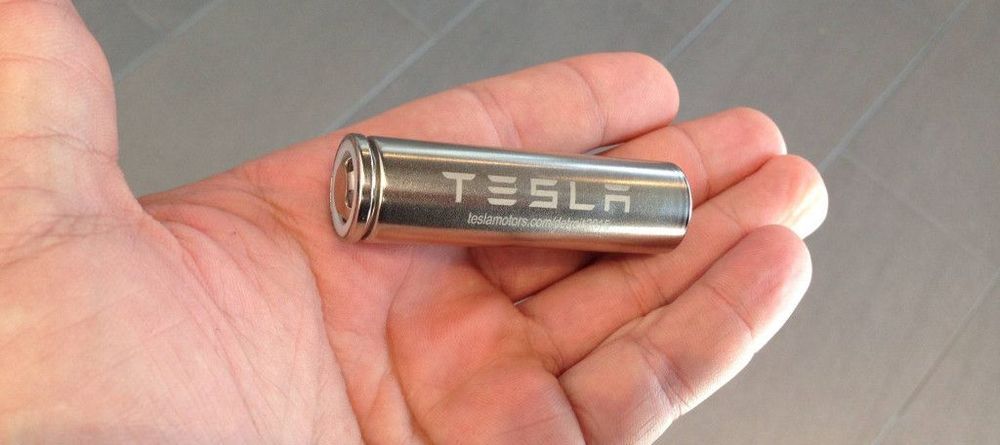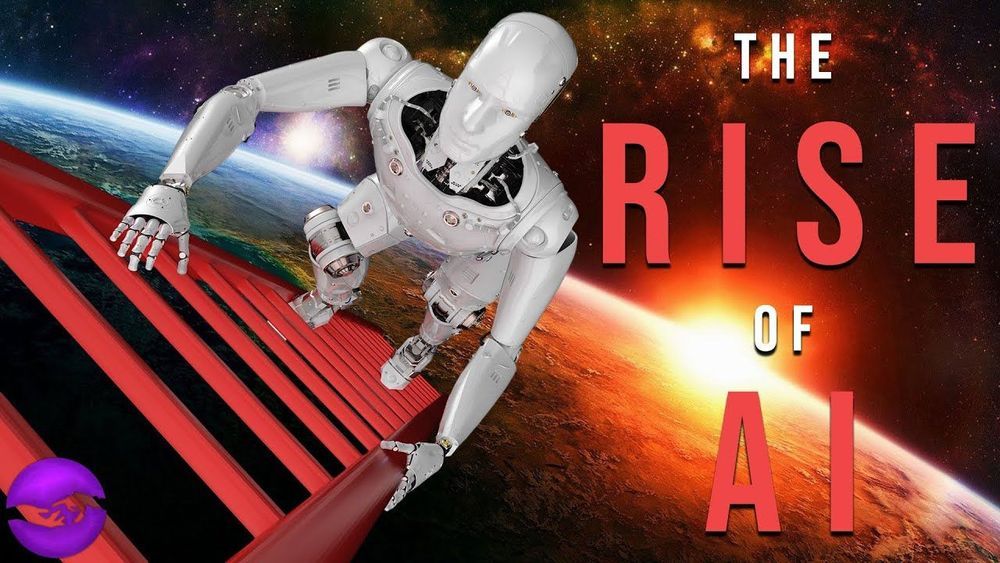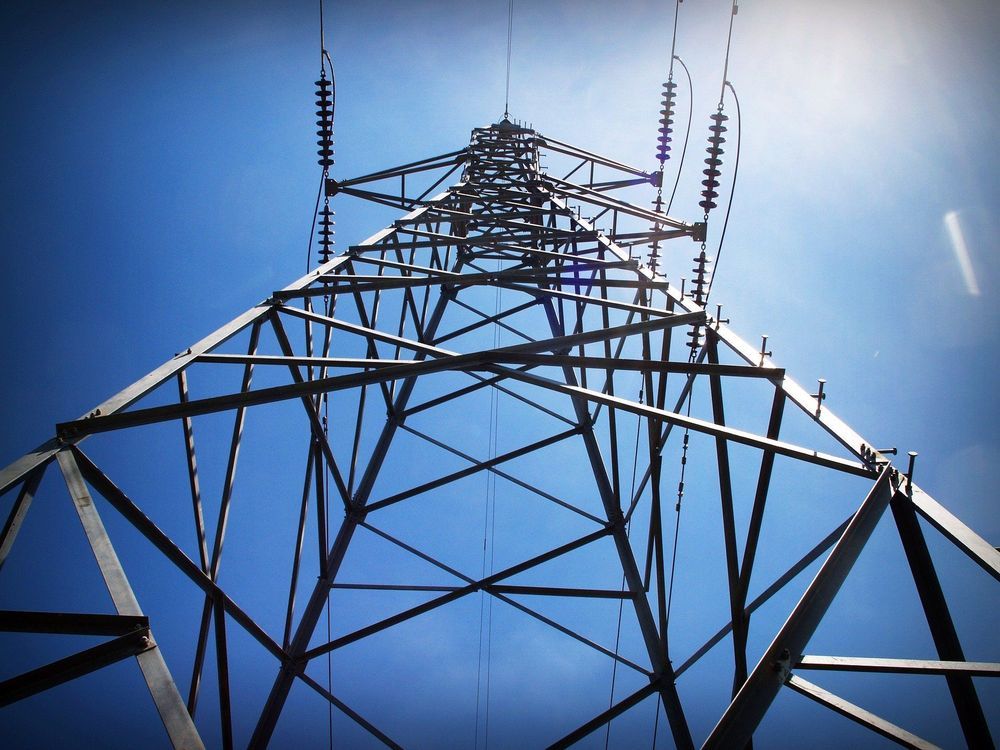Yesterday, the TRIIM study was described in science news headlines around the world, though, through a glitch, the original research paper is not yet on the Aging Cell web site. (You saw it first here.) I refer you to the writeup in Nature’s News section for a full summary of the paper, and in this column I will add my personal framing, and what I know about the study from private connection to its authors and one of the subjects. The big news is setback of the epigenetic clock, by several methylation measures. Instead of getting a year older during the trial, nine subjects got a year younger, on average, based on the version of the Horvath methylation clock that best predicts lifespan. The study had been originally designed to regrow the thymus. (Loss of thymus function has been linked to the collapse of the immune system that occurs typically before age 70.) Imaging showed that the functional part of the thymus expanded over the course of the trial, and blood tests confirmed improved immune function. The treatment included.
Most of “Greater Adria” is now trapped in Earth’s mantle, but some of its rocks ended up high in the Alps.
Go modular or even get an upgrade:
A team of researchers from Carnegie Mellon University just 3D printed functional components of the human heart — including small blood vessels and large beating ventricles.
“We now have the ability to build constructs that recapitulate key structural, mechanical, and biological properties of native tissues,” said Adam Feinberg, a professor at Carnegie Mellon and the co-founder of 3D printing company FluidForm, which built the tech the team used, in a statement.
Lub Dub
Em sua visita ao Brasil em junho de 2019, o cientista brit nico Aubrey de Grey lançou o livro “O fim do envelhecimento” e explicou as ideias centrais deste clássico da moderna ciência do rejuvenescimento.
Este é o vídeo completo do evento, tendo sido cortadas somente as traduções consecutivas feitas por Nicolas Chernavsky.
#SENS #envelhecimento #AubreydeGrey #saúde #longevidade #ciência
Para adquirir o livro:
Getting old is an unavoidable truth of life. And yet, for most of modern history this mortal coil has baffled scientists. Over the past decade, however, researchers have made great strides in understanding the cellular, molecular, and genetic tableau of aging—which has brought the next question into sharp focus: Can aging be stopped? While a full answer remains elusive, recent advancements have opened the door for significantly extending the human lifespan. One controversial researcher even claims that the first person who will live 1,000 years has already been born. Mainstream researchers are decidedly more cautious in their predictions, but the prospect of postponing mortality, even in modest ways, raises important ethical, social, and practical questions. How would we control an increasingly out-of-control global population? Does life have meaning without death? Even if we could live forever, would we want to?
The World Science Festival gathers great minds in science and the arts to produce live and digital content that allows a broad general audience to engage with scientific discoveries. Our mission is to cultivate a general public informed by science, inspired by its wonder, convinced of its value, and prepared to engage with its implications for the future.
Visit our Website: http://www.worldsciencefestival.com/
Like us on Facebook: https://www.facebook.com/worldsciencefestival
Follow us on twitter: https://twitter.com/WorldSciFest
Original Program Date: June 2, 2011
Tesla’s battery research group led by Jeff Dahn in Halifax has applied for a patent that describes a new battery cell chemistry that would result in faster charging and discharging, better longevity, and even lower cost.
Jeff Dahn is considered a pioneer in Li-ion battery cells. He has been working on the Li-ion batteries pretty much since they were invented. He is credited for helping increase the life cycle of the cells, which helped their commercialization. His work now focuses mainly on a potential increase in energy density and durability.
In 2016, Dahn transitioned his research group from their 20-year research agreement with 3M to a new association with Tesla under the newly formed ‘NSERC/Tesla Canada Industrial Research’.
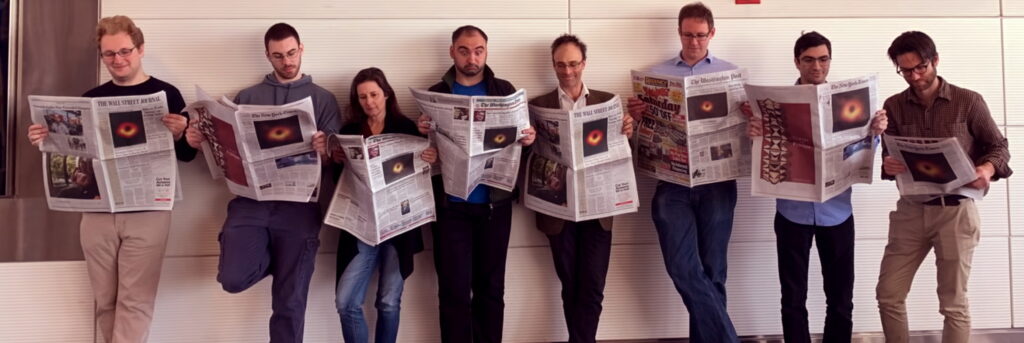
Yesterday (Sep 5, 2019), the Breakthrough Prize Foundation awarded $21.6 million US dollars to the scientists behind a stunning achievement. They imaged a black hole. Although the image was announced and released 5 months ago, the story is still unfolding.
Yesterday (Sep 5, 2019), the Breakthrough Prize Foundation awarded $21.6 million US dollars to the scientists behind a stunning achievement. They imaged a black hole. Although the image was announced and released 5 months ago, the story is still unfolding.
The Rise of AI :
This video was made possible by Squarespace. Sign up with this link and get 10% off your purchase of a website or domain after your free trial! https://squarespace.com/singularity
Deep learning is a sub-field of AI that has taken the world by storm, in large part, since the start of this decade. In this sixth video in my artificial intelligence series and as for the purpose of this deep learning series, we’ll explore why it has exploded in popularity, how deep learning systems work and their future applications, so sit back, relax and join me on an exploration into the field of deep learning!
A first-of-its-kind cyberattack on the U.S. grid created blind spots at a grid control center and several small power generation sites in the western United States, according to a document posted yesterday from the North American Electric Reliability Corp.
The unprecedented cyber disruption this spring did not cause any blackouts, and none of the signal outages at the “low-impact” control center lasted for longer than five minutes, NERC said in the “Lesson Learned” document posted to the grid regulator’s website.
But the March 5 event was significant enough to spur the victim utility to report it to the Department of Energy, marking the first disruptive “cyber event” on record for the U.S. power grid (Energywire, April 30).
Circa 2018
As the national power grid becomes increasingly dependent on computers and data sharing—providing significant benefits for utilities, customers, and communities—it has also become more vulnerable to both physical and cyber threats.
While evolving standards with strict enforcement help reduce risks, efforts focused on response and recovery capabilities are just as critical–as is research aimed at creating a well-defended next generation smart grid. The Daily Herd recently sat down with Michael Ahern to discuss the many challenges involved in securing the national power grid against physical and cyber attacks –both now and in the future.
In addition to his role as director in WPI’s Corporate and Professional Education and instructor for the Foisie Business School, Ahern also leads a WPI research team supporting BAE Systems as part of the Defense Advanced Research Project Agency’s Rapid Attack Detection, Isolation, and Characterization Systems (DARPA RADICS) intitative.
